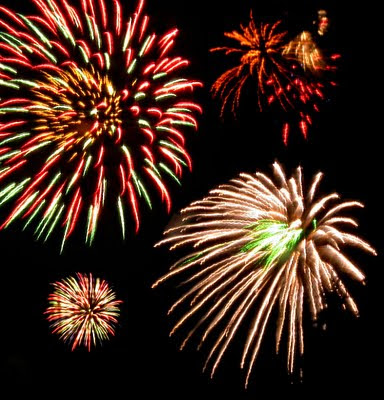When I worked as a photographer at a newspaper, we had a rule: If it
couldn't have been done in the wet darkroom, we were not to do it in
Photoshop. Messing too much with pictures was a firing offence.
Get it right when you're shooting it. Distracting backgrounds and off
balance compositions have to be eliminated in the shooting and not in
Photoshop. Get caught taking something out of the background and you
might well find yourself being taken out of the newsroom.
That said,
outright lies in photographs were quite another matter. The chain that
owned the paper for which I worked saw nothing wrong with using
models in news photos; The paper I worked for saw this as a travesty.
Which brings me to today. I am now shooting with a Fuji HS10. It's slow.
The shutter lag can be a killer. It can be awfully hard to get the
composition just so. Today's image had too little water at the bottom
and was a little shy on the left, too.
I took the image and, using
content aware in Photoshop, I added extra water on the bottom and left.
The picture looks better but is it still an honest picture? Doing what I
did is sorta creative but does that allow this to slip by under the
umbrella defence of art? It is hard to take too much credit for the
craft, that credit goes to the software writers at Adobe.
I know if I still worked at the paper, I would leave unbalanced swans alone.
Is this still a good rule? My gut feeling is this question risks
stirring up a lot of unbalanced critical comments.
It was a firing offence: Part Two
Newspaper photographers are not supposed to manipulate images. They are allowed to adjust the tonal range, make blacks black and whites white, but this is not seen as manipulating the image. This is just making a good quality print.
But the day could have been flat and the dull-toned image might be accurate. Still, it was O.K. to change contrast. In the wet darkroom it was as easy as changing the paper grade.
Please check out the following link to the well known
Pulitzer Prize winning photo by John Filo showing a kneeling, young woman screaming over the body of a fallen student, one of four killed when National Guardsmen fired in to a crowd of demonstrators.
Note the missing fence post above the young woman in the image taken from Life magazine. It is stuff like this that my old editors were trying to prevent. But today, with the ease that Photoshop can alter an image, almost seamlessly, adding water to a picture, water that is in fact there but cropped out by the camera, can get oneself into the deepest of job-threatening, doo-doo.
Newspapers and news magazines like National Geographic don't need to be defending their images. The National G. knows first hand how yielding to the temptation of improving an image in Photoshop can lead to red-faced embarrassment than can't be as easily Photoshopped away.
The National G. once was caught moving the pyramids and another time was accused of adding water to an image in order to use a horizontal image in a vertical format on the magazine cover.
The technology has made the modifying of images very easy and very tempting. If you work at a newspaper, the Devil uses Photoshop. Take care.
















































